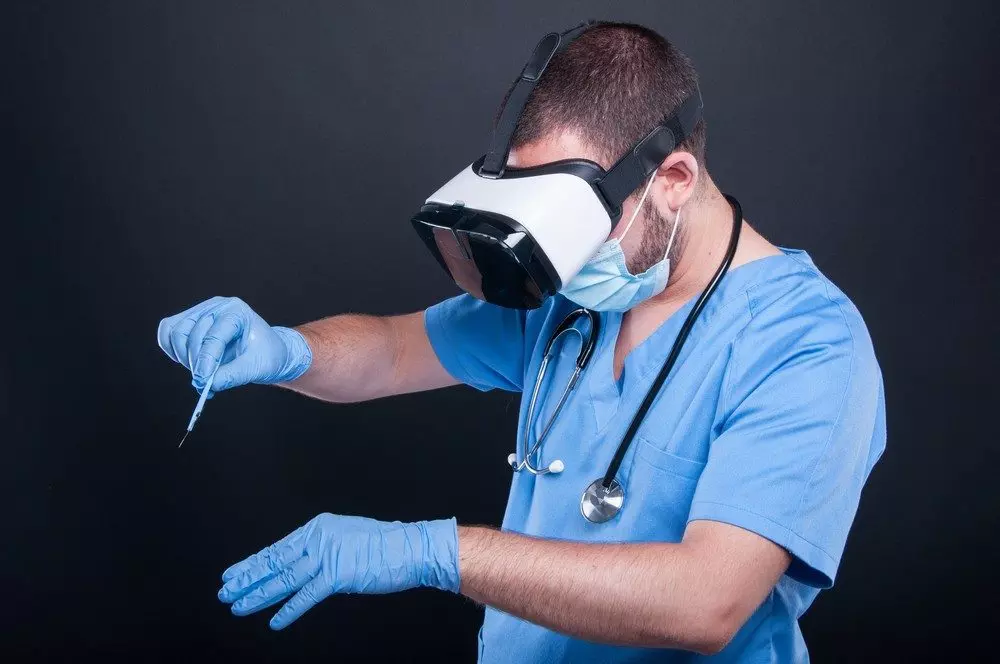Comments
- No comments found

Concussions are notoriously hard to detect and diagnose.
The growing emergence of VR in healthcare enables hospitals to make concussion diagnosis more certain.
Concussions can be deceptively hard to diagnose in patients. There are several reasons for this—the lack of clearly visible injuries on a patient’s brain, patients not feeling any symptoms for the first seven to eight days, among other reasons. Occasionally, even reliable tests such as MRI scans and CT scans cannot accurately detect concussions in patients. Additionally, a good percentage of patients may not be able to differentiate between normal head injuries and concussions. Due to this, several concussion patients may go completely undetected and untreated. Untreated concussion injuries are highly dangerous for patients as they cause sustained brain damage. In the long-term, untreated concussions can cause individuals to suffer cognitive impairment, chronic headaches, brain fog and frequent spells of nausea and dizziness. Doctors and hospitals can simplify concussion detection and treatment by involving VR in healthcare-related tests and operations.
Concussions negatively affect, up to varying degrees, the senses of taste, smell, vision, hearing and touch in patients. Concussions badly affect an individual's retinal mobility and the ability to monitor the trajectory of objects in front of their eyes. Specialized VR-based tools and applications can be used for diagnosing concussions in patients by tracking their eye movement. For an accurate diagnosis, patients are made to wear VR headsets that contain eye movement trackers. So, while the patients watch moving objects in a simulation, the tracker will monitor the accuracy with which their eyes are following them. Such tools can detect visual impairment accurately within 60 seconds in patients. All in all, such VR-based applications successfully eliminate guesswork from concussion diagnosis.
VR headsets can be integrated with AI models to evaluate changes in neurological impulses traveling to and from a patient's brain. These tools monitor the changes in the electrical impulse patterns of the brain to detect any concussive injuries in patients. Such a device can also perform electroencephalogram (EEG) scans of a patient's head to find signs of brain bleeding. If any injuries or bleeding are detected by the VR tool, doctors can perform CT scans with bigger tools to get a more accurate picture of any possible concussions. Diagnosing concussions at an early stage is imperative to protect the mental and physical health of patients who’ve suffered a nasty head injury. The involvement of VR in healthcare can enable physicians to accomplish that effectively.
Naveen is the Founder and CEO of Allerin, a software solutions provider that delivers innovative and agile solutions that enable to automate, inspire and impress. He is a seasoned professional with more than 20 years of experience, with extensive experience in customizing open source products for cost optimizations of large scale IT deployment. He is currently working on Internet of Things solutions with Big Data Analytics. Naveen completed his programming qualifications in various Indian institutes.
Leave your comments
Post comment as a guest